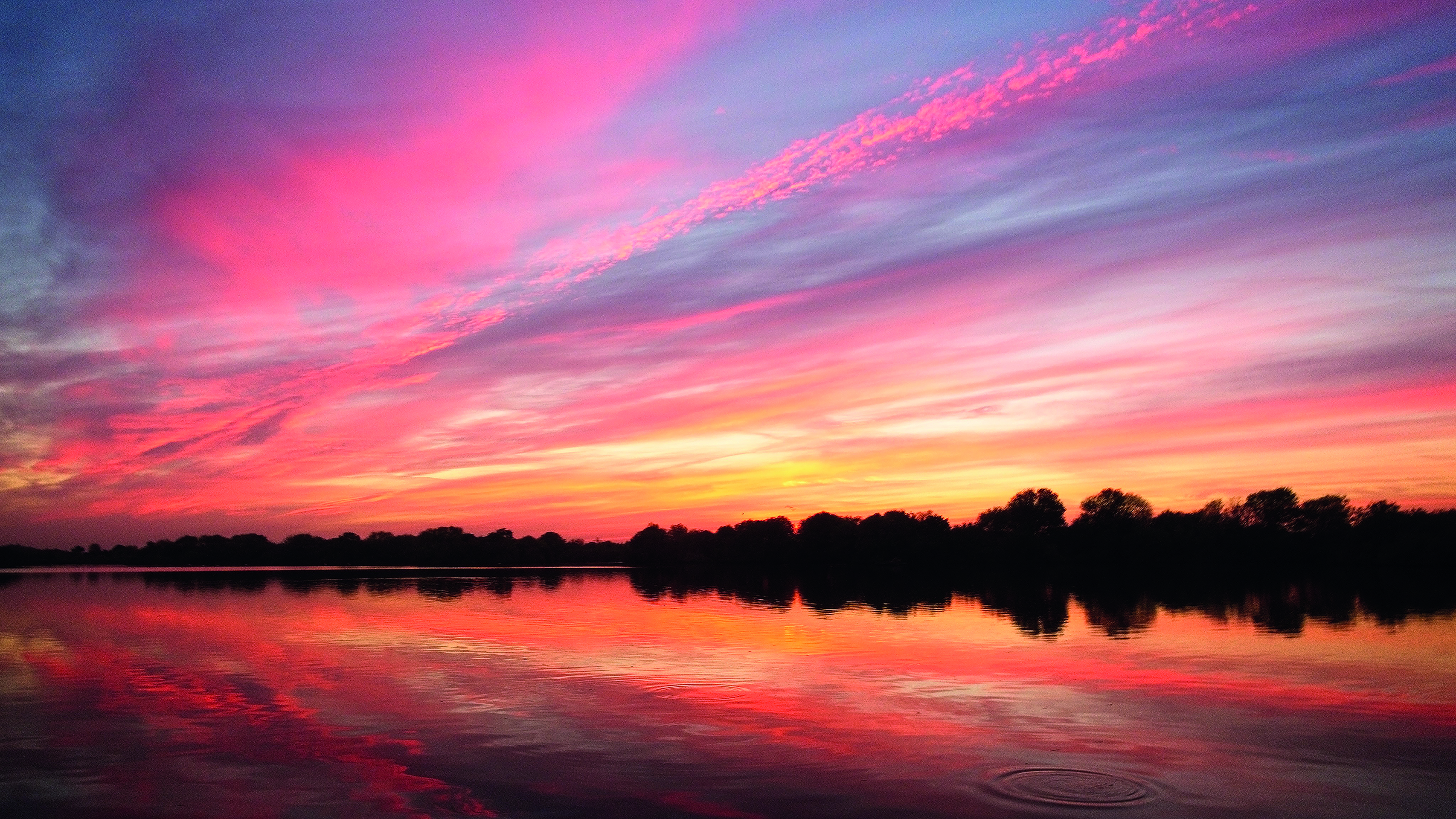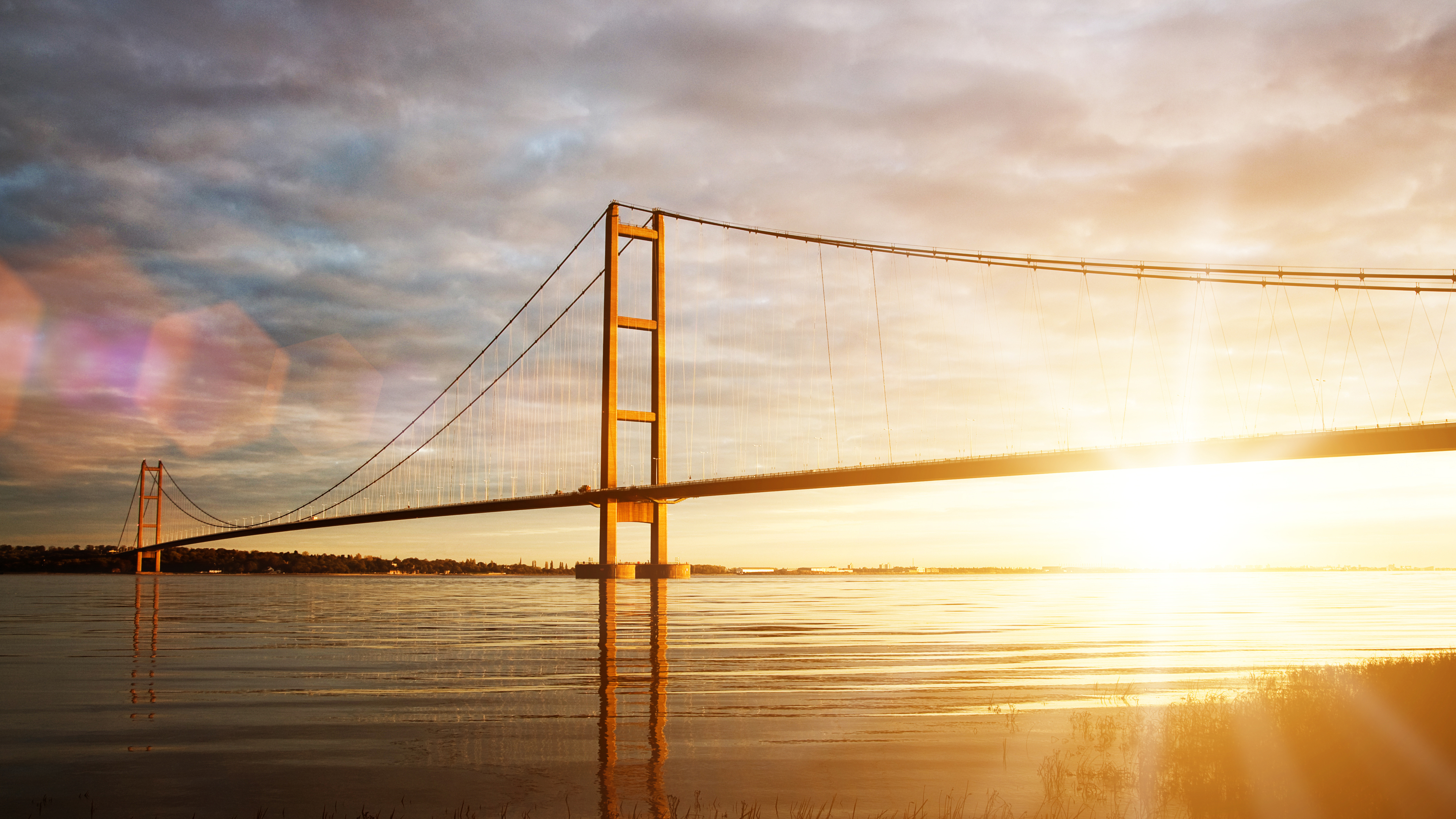What – and when – is golden hour photography?
Golden hour photography means setting your alarm clock early for the light that happens just after dawn, but why does it happen?

You may well have heard of the term ‘golden hour’ photography, sometimes called ‘magic hour’, and are probably aware that it refers to the time of day when the light from the low sun imbues images with a beautiful golden quality.
Golden hour photography is perfect for scenic landscape shots bathed in this wonderful golden glow. But what actually causes it, and when does it happen?
Color temperature varies throughout the day, with daylight typically 2000K (kelvin) at sunrise, and reaching around 3500K shortly afterward – this is the golden hour – before continuing to rise until it reaches the 5500K mark at midday (by this I don't necessarily mean noon, but when the sun is at its highest point in the sky).
The process reverses in the afternoon, with the color temperature gradually reducing in kelvin and once again hitting 3500K shortly before sunset. The color temperature of daylight is also affected by the latitude, season and weather.
The reason that daylight's color temperature changes so much throughout the day is due to angle of the sun. When the sun is lower in the sky, and close to the horizon, its rays have to penetrate more of the Earth’s atmosphere before reaching the viewer.
This diffuses the direct light, reducing its intensity, while a greater proportion of illumination comes from indirect light, reflected from the sky. In addition, light from the bluer end of the spectrum is scattered, while light from the red end is less affected by the atmosphere, and so the light appears more orangy-reddish.

But that's not the only reason that golden hour photography is so sought after. The lower angle of light elongates shadows, which highlight the form of the landscape in a way that you don't see during the harsh light of day.
Get the Digital Camera World Newsletter
The best camera deals, reviews, product advice, and unmissable photography news, direct to your inbox!
There's another thing, too: while golden hour photography refers to the period of daylight just after sunrise or just before sunset, the ‘hour’ part is something of a misnomer. The length of the golden hour actually depends on where and when in the world you are shooting.
The closer you are to the equator, the shorter the ‘hour’ is. And conversely, at extreme northerly and southerly latitudes, the hour can last well over an hour. On the equator, you might only have 15 minutes or so of golden light, while within the Arctic Circle, the golden hour can be for as long as there is light in the sky.
It's seasonal, too. The shorter the day the longer the golden hour, so in the winter months you have more golden light for longer – as well as the bonus that you don't have to get up at stupid o'clock to witness it.
Finally, no matter what time of year or where you are on the globe, you need the weather to play ball. A thick blanket of white or grey clouds means that you won't get any color in the sky – or any land beneath it.
But that doesn't mean that you should stay in bed if the forecast isn't great – broken clouds can result in moody skies with raking sunlight – resulting in the most attractive and alluring golden hour photography imaginable!

You might be interested in the best cameras for landscape photography, or the best lenses for landscapes.

Prior to joining digitalcameraworld.com as Guides Editor, Adam was the editor of N-Photo: The Nikon Magazine for seven years, and as such is one of Digital Camera World's leading experts when it comes to all things Nikon-related.
Whether it’s reviews and hands-on tests of the latest Nikon cameras and lenses, sharing his skills using filters, tripods, lighting, L brackets and other photography equipment, or trading tips and techniques on shooting landscapes, wildlife and almost any genre of photography, Adam is always on hand to provide his insights.
Prior to his tenure on N-Photo, Adam was also a veteran of publications such as PhotoPlus: The Canon Magazine, so his wealth of photographic knowledge isn’t solely limited to the Big N.
